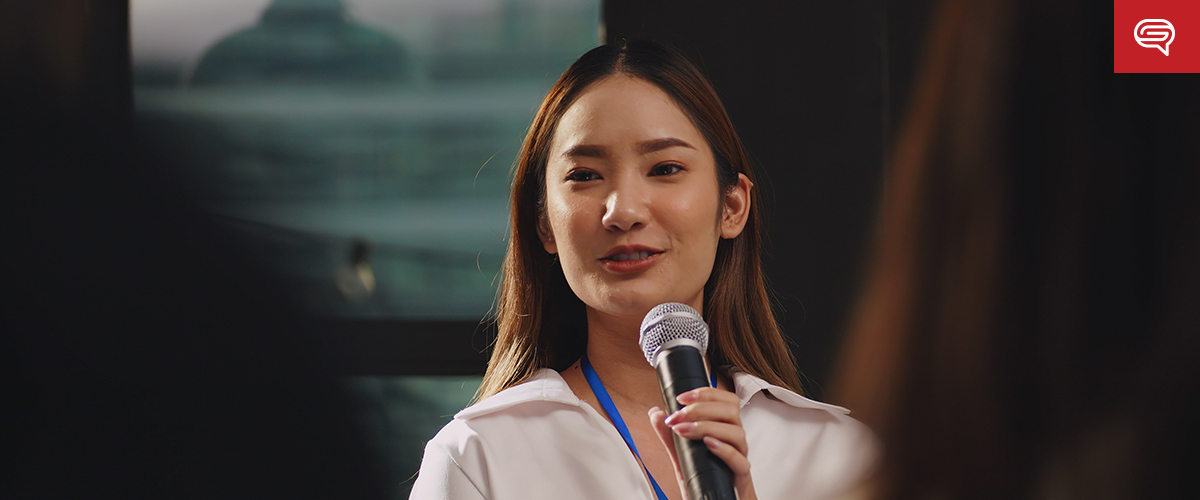In the realm of presentation design, the allure of vibrant colors, striking images, and compelling text often takes center stage. However, one of the most powerful tools at a designer’s disposal is not what you add, but what you leave out. White space, or negative space, is the unsung hero of great presentation design. It’s the canvas that allows your content to breathe, the silent partner that enhances readability, and the subtle guide that directs your audience’s attention.White space is not merely an empty area; it’s a strategic element that can transform a cluttered slide into a clean, professional, and engaging visual experience. When used effectively, white space can elevate your presentation from good to great, making your message clearer and more impactful.First and foremost, white space improves readability. When text and images are crammed together, it becomes difficult for the audience to process information. By incorporating ample white space, you create a visual hierarchy that guides the viewer’s eye through the content in a logical and comfortable manner. This not only makes your presentation more aesthetically pleasing but also ensures that your key points are easily understood and remembered.Moreover, white space enhances focus. In a world where attention spans are dwindling, it’s crucial to capture and maintain your audience’s attention. White space acts as a visual pause, giving the viewer’s eyes a moment to rest and absorb the information presented. This can be particularly effective in emphasizing important points or highlighting critical data. By isolating key elements with white space, you draw attention to what truly matters, ensuring that your message is not lost in a sea of information.Another significant benefit of white space is that it conveys a sense of sophistication and professionalism. A cluttered slide can appear overwhelming and chaotic, potentially undermining your credibility. In contrast, a well-designed slide with ample white space exudes confidence and clarity. It shows that you have carefully considered the presentation of your information, which can enhance your audience’s perception of your expertise and authority.Incorporating white space into your presentation design also fosters creativity. It allows you to experiment with different layouts and compositions, encouraging you to think outside the box. By breaking away from the temptation to fill every inch of the slide, you open up possibilities for more innovative and dynamic designs. This can make your presentation more engaging and memorable, leaving a lasting impression on your audience.To effectively use white space in your presentation design, start by simplifying your content. Focus on the essential information and eliminate any unnecessary elements. Use bullet points, short sentences, and concise language to convey your message clearly and succinctly. Next, consider the placement of your text and images. Ensure that there is enough space between different elements to avoid a cluttered appearance. Use margins and padding to create a balanced and harmonious layout.Additionally, don’t be afraid to embrace minimalism. Sometimes, less truly is more. A single powerful image or a few carefully chosen words can be more impactful than a slide filled with text and graphics. Trust in the power of white space to let your content shine.In conclusion, white space is a fundamental aspect of great presentation design that should not be overlooked. It enhances readability, improves focus, conveys professionalism, and fosters creativity. By considering the eyes and incorporating ample white space into your slides, you can create a presentation that is not only visually appealing but also effective in delivering your message. So, the next time you design a presentation, remember: sometimes, what you leave out is just as important as what you put in.”
Blog
Other popular articles
-

How Fintech Startups Gain an Edge with Expert Presentation Design
March 27, 2025
-

Product Slide vs. Solution Slide: A Comparison of Pitch Deck Slides
March 26, 2025
-

Video vs. Images: Finding the Best Fit for Your ‘Product’ Slide
March 25, 2025
-

Common Timeline Chart Types for Startup Pitch Decks
March 24, 2025
-

The Strategic Blueprint: How to Present a Cohesive ‘Our Strategy’ Slide
March 23, 2025
-

Why Visual Storytelling Is Critical in Pre-Seed Fundraising Presentations
March 22, 2025
24×7 Design Services